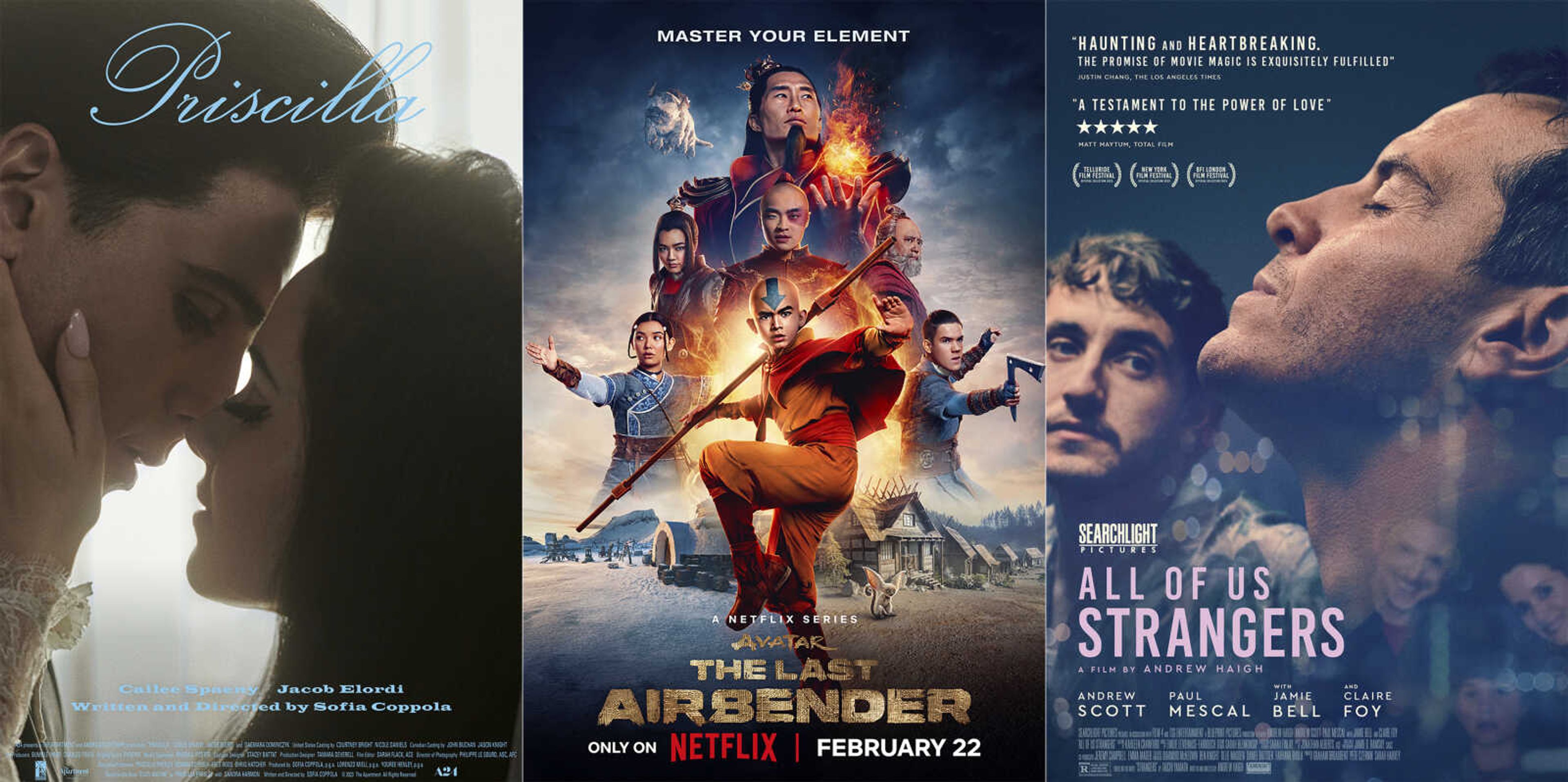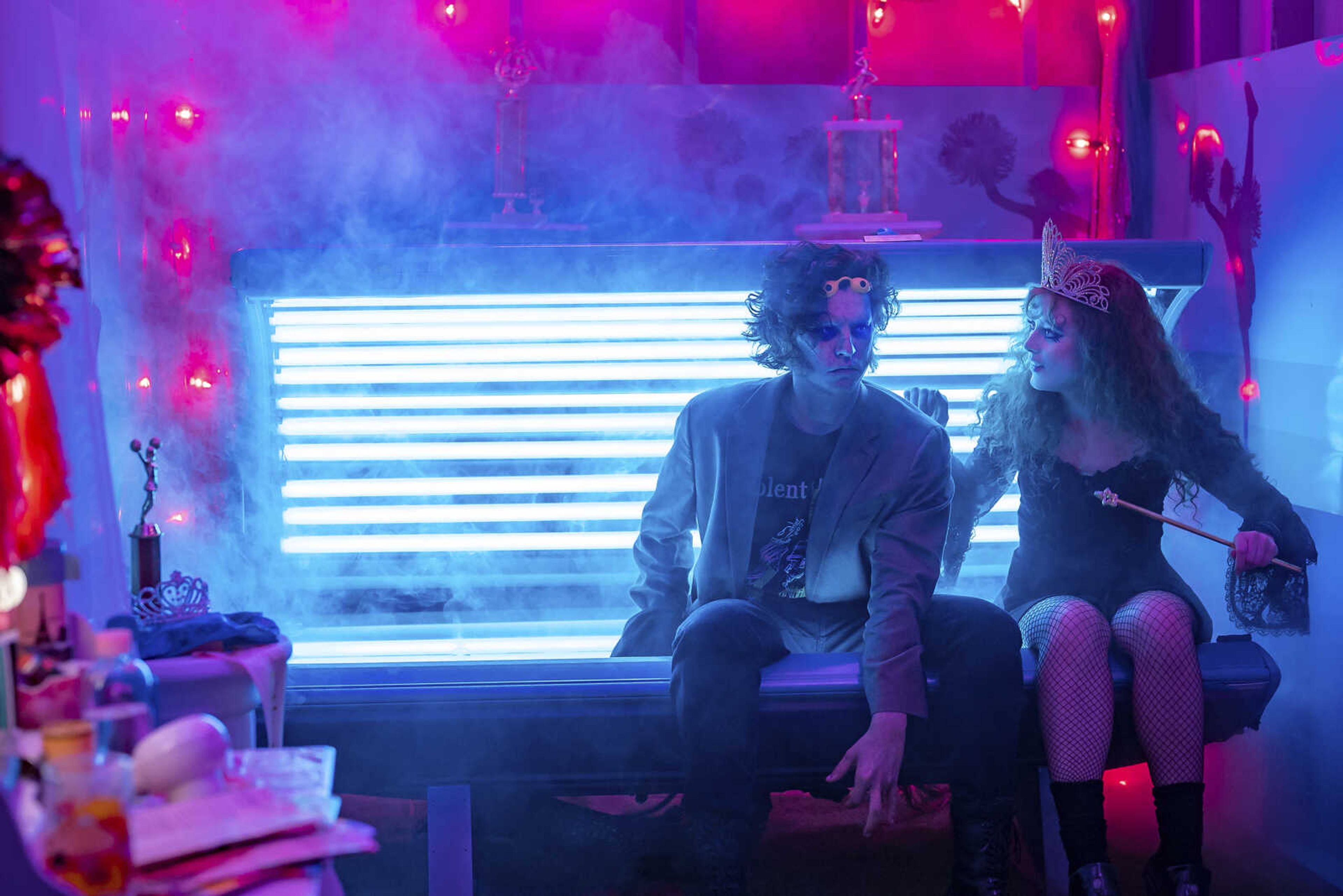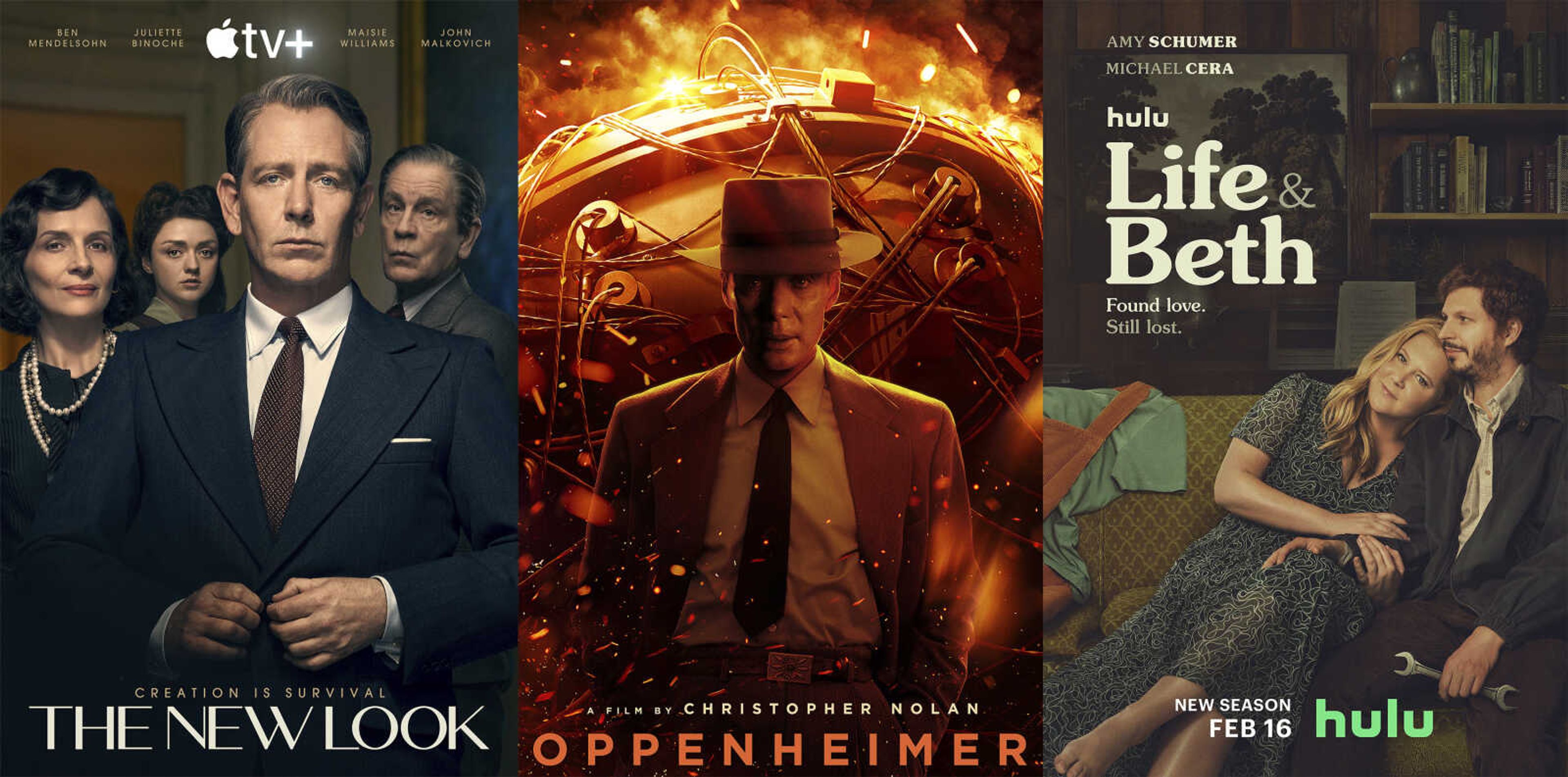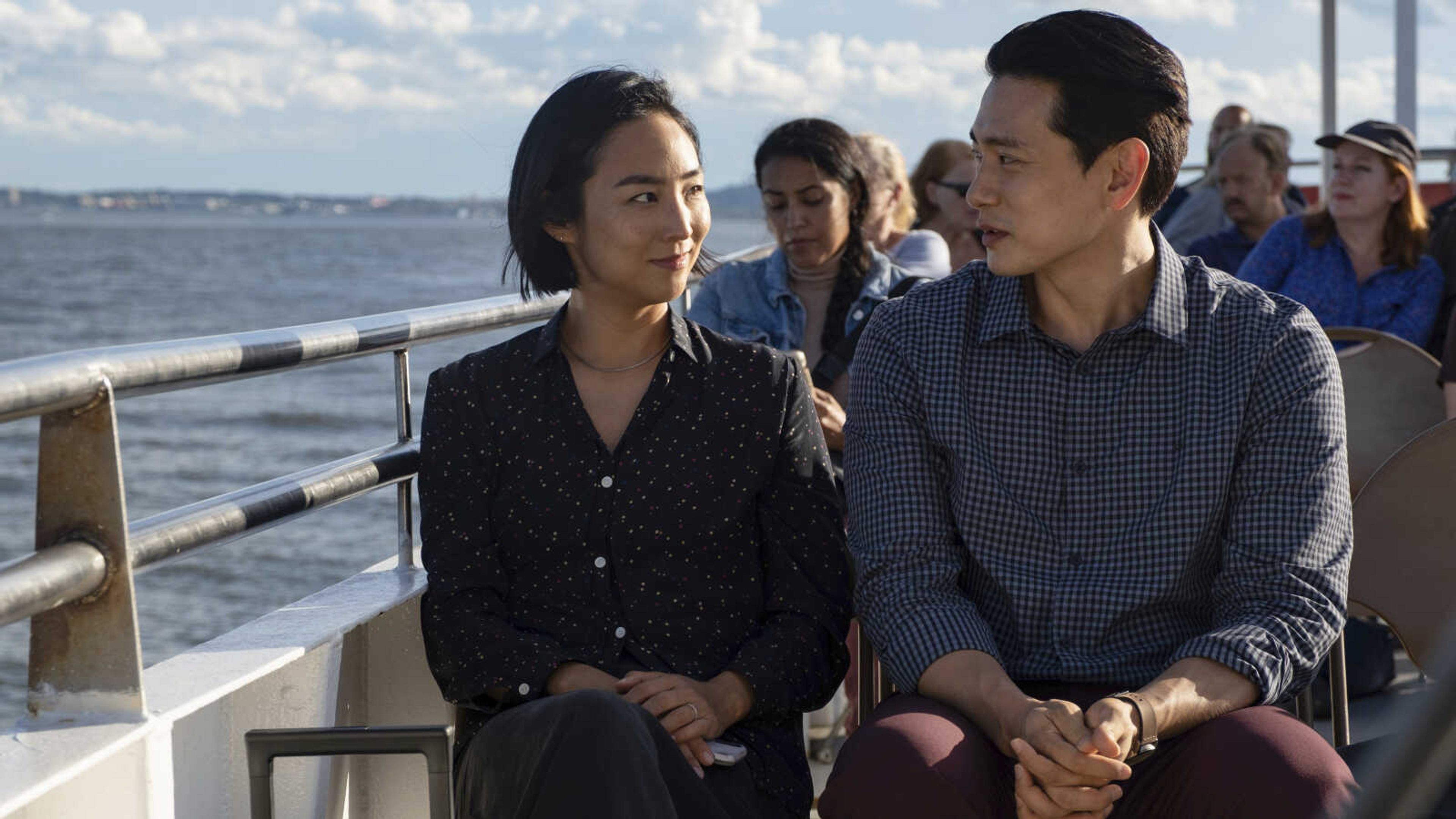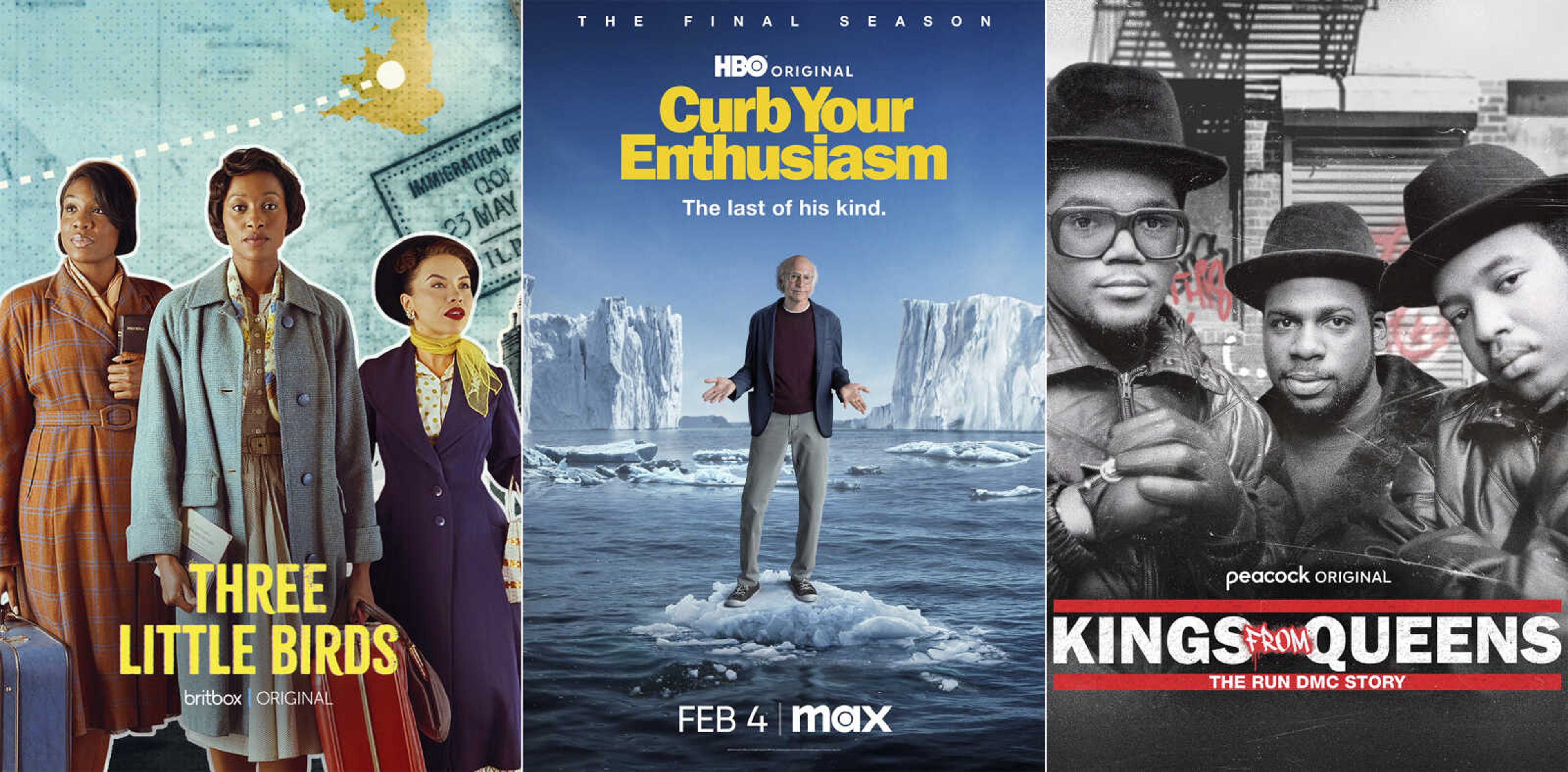Local liaison: Jim Dufek on discomfort & storytelling in Fincher's films
Dr. Jim Dufek, professor of mass media at Southeast Missouri State University and de facto local liaison to the "Gone Girl" production team, sat down to discuss his role in the process and dissect some of the cinematic elements that define the work of David Fincher, director of "Gone Girl."...
Dr. Jim Dufek, professor of mass media at Southeast Missouri State University and de facto local liaison to the "Gone Girl" production team, sat down to discuss his role in the process and dissect some of the cinematic elements that define the work of David Fincher, director of "Gone Girl."
Q: First of all, you were pretty involved almost from the get-go. How did you find yourself helping to coordinate things?
A: There were a lot of people who were very involved with this [movie]. The Missouri Motion Media Association is comprised of people from all parts of the state. I've had a relationship with the film office for 20 years, so when something like this comes up, I become a contact, though not the only one. I was in Canada and came back and sat down and the phone rang, and they said, "Can you help with this?"
We did one casting call in the mall and the rest of them were in [Southeast Missouri State University's Rose Theatre] auditorium and, of course, I couldn't say it was for the Fincher film, just for a film, but everybody knew.
Q: What were some of the things you did during filming?
A: I went out and did photographs of various places for locations. I went out to southern part of Southeast Missouri and went over to Southern Illinois so they could shoot both sides of the Mississippi. All the stuff that I did, I never got paid for anything. Didn't want to. My payment: Fincher came and spoke to [some of my students and me]. It was an invitation-only.
Q: That's quite an opportunity. What did he speak about?
<iframe width="560" height="315" src="//www.youtube.com/embed/_-1YIhjkHJk" frameborder="0" allowfullscreen>
A: When he accepted the invitation to come speak with us, ... one of the very first things that was asked is "How do you pick a film?"
He's driven by the complexity issues in a story. It's not the standard theatrical narrative. He wants to find a complex issue within the story, and he's driven by that because he wants that intensity, is what he said.
He wants to dig deeper into that character as to why they're doing this.
Q: He told Esquire that he "wants [the audience] to feel uncomfortable." Is it safe to say he succeeds?
A: I think about that, and I think about, "What [does Fincher] find interesting in "Zodiac" or "Se7en" or "The Game?" There's a complexity in that. But it's about you and I, as normal human beings. What happens to you when you're thrust into that [abnormal] situation?
Because "Se7en" is not entertaining, but it's fascinating. Nobody wants to sit down every night and watch that, but you're so compelled by the visual elements, the storyline, the complex characters, that it's like you can't turn your head away from it.
The way he tells that story, the way he composes it, you can't help but not [look away]. By the time I was done, the first time I watched it, I didn't realize that I was like this. (Dufek hunches up on the edge of his chair, clutching his fists and tensing his shoulders.)
Q: From a film perspective, how would you say Fincher elicits that tension? How do you shoot suspense?
A: [If] you're a fan, you know the product. What is it about that product? First of all, it's a distinct product. You know [by] looking at that -- that looks like his style. And what is that style? When I look at it, I see lots of low light and shadows.
That he likes to shoot at night because he uses that light to intensify a scene, to drive us as viewers into that intensity.
You know, because you don't get to see everything. But he directs where he wants you to become involved; from "Se7en" to "The Game" to "Girl With the Dragon Tattoo," I mean, those are intense things. Think of how much of "Fight Club" he shot with limited lighting.
I think where he excels is he controls the environment. He shoots so he can use lighting to intensify that scene, and then uses composition to make it more emotional -- to make it more driven. He sees that. He sees it mentally and he sees it visually. That's my opinion.
I've seen "The Game" I don't know how many times because I just love the way he tells that story. I think it's not just the storyline; it's the technique. It's his visual composition.
Q: When you say "composition" -- in layman's terms, what is that?
A: You and I could take the same story, and I'm going to tell that story differently visually than you are. And the way he does that, where he tries to get the audience to understand -- this is me, this is my opinion -- that he brings you in. He'll establish where we are, what we're doing, and then he'll intensify the scene by giving you as many different angles as he can ... There's a sequence that lasts maybe six seconds in "The Game" and he's got probably 12 shots ... He does it in such a way that it draws you into that intensity.
Q: The length of his shooting sessions are also notoriously intense -- 12-hour, 14-hour days?
A: I made the comment to him about repetition, doing 30, 40, 50 takes ... and he said, "The reason I do so many takes is because I want you to be so comfortable in your lines that you forget about it, and if you trip off the step, which wasn't planned, you keep going. That's what I want to see."
Q: And that shows through in the work?
A: That's certainly my perspective. ... I went back and watched "The Game" and wondered, you know, what take is this shot? Was him spilling the water intentional or was that just something that happened? ... Reading his stuff, hearing him speak, you see there's a much more complex issue to this man ... He's not just making a movie, he's telling a very intense story.
Q: And in your opinion, his work will remain significant over time?
A: I think, culturally, what he's providing is significant in terms of storytelling. There are very few musicians, authors, actors or directors that pop into your head that everyone can agree there's something unique about their creative abilities; he certainly is one of the top. I think he's going to be respected both culturally from society and from the artistic end.
tgraef@semissourian.com
388-3627
Connect with the Southeast Missourian Newsroom:
For corrections to this story or other insights for the editor, click here. To submit a letter to the editor, click here. To learn about the Southeast Missourian’s AI Policy, click here.





